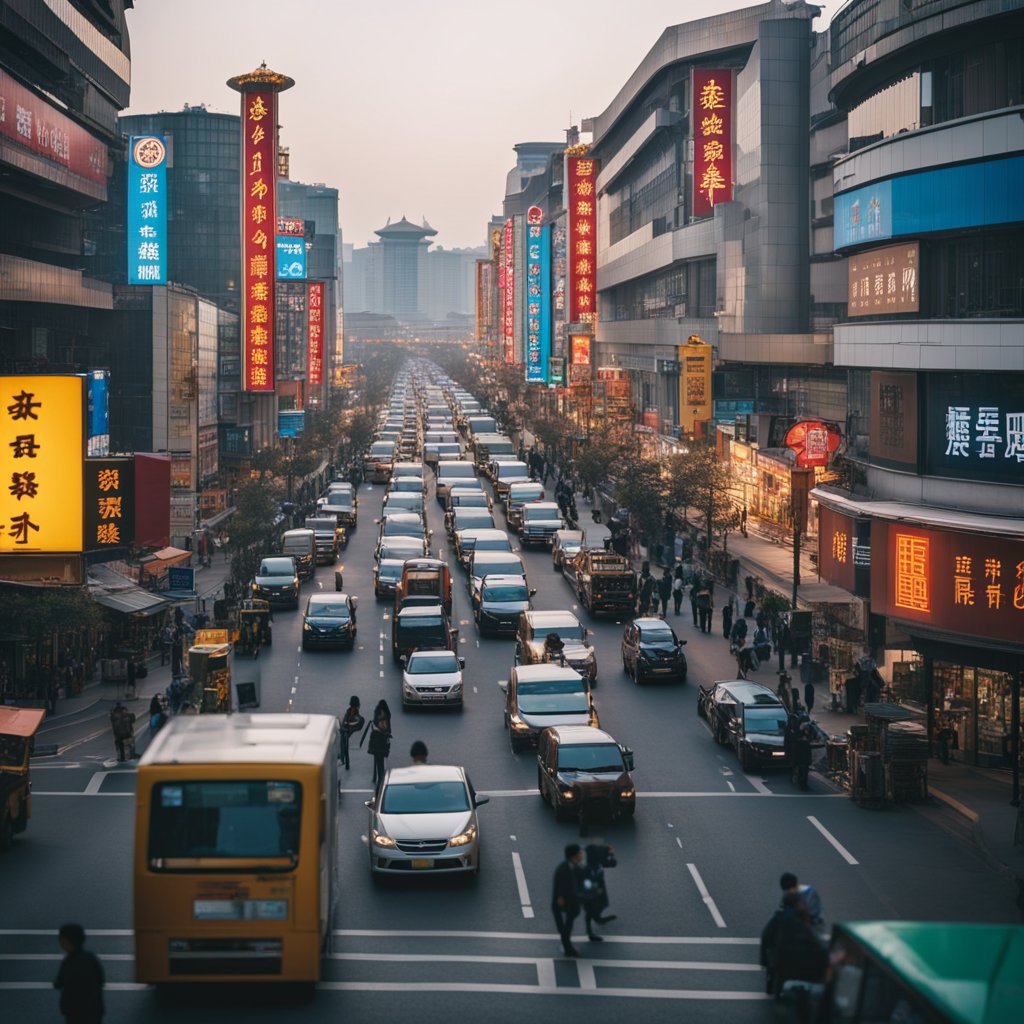The Forbidden City in Beijing stands as a pinnacle of ancient Chinese architecture and a testament to the rich history that has shaped modern China. This sprawling palace complex, once the exclusive domain of emperors and their entourages, is now a UNESCO World Heritage site and an open museum that attracts millions of visitors from around the globe. Before you embark on a journey through the heart of imperial China, here’s everything you need to know.
History and Significance
The Forbidden City, also known as the Imperial Palace, was the Chinese imperial palace from the Ming dynasty to the end of the Qing dynasty (1420 to 1912). It served as the home of emperors and their households and was the ceremonial and political center of Chinese government for nearly 500 years.
Constructed under the orders of the Yongle Emperor of the Ming dynasty, it is called the Forbidden City because access to the complex was strictly limited. Now, it stands as a symbol of China’s historical continuity and cultural might.

Architectural Marvel
Covering approximately 180 acres, the Forbidden City is the world’s largest palace complex and features traditional Chinese palatial architecture. It has 980 surviving buildings with 8,704 rooms. The layout is meticulously planned according to Chinese geomancy and traditional Confucian principles, which dictate that the most important structures be aligned along the north-south axis.
The complex is surrounded by a 52-meter-wide moat and a 10-meter-high wall with watchtowers at the corners. The walls served as a defensive barrier and also symbolized the separation of the emperor from the outside world.
What to See
The Meridian Gate
The main entrance to the Forbidden City, the Meridian Gate, is an imposing structure that was once the site of imperial announcements and executions.
The Hall of Supreme Harmony
This is the largest hall within the Forbidden City, where major ceremonies were held, including coronations, imperial weddings, and the Emperor’s birthday.
The Imperial Garden
A classical Chinese garden with a variety of flora, rockeries, pavilions, and sculptures, the Imperial Garden was a private retreat for the imperial family.
The Palace of Heavenly Purity
Once the emperor’s main residence, this palace was later used for ceremonial purposes.
Tips for Visitors
- Buy Tickets in Advance: To avoid long lines, purchase your tickets online ahead of your visit.
- Wear Comfortable Shoes: There’s a lot of ground to cover, so wear comfortable footwear.
- Hire a Guide or Use an Audio Guide: To fully appreciate the history and significance of what you’re seeing, consider hiring a guide or renting an audio guide.
- Photography: While photos are a must, remember that tripods and professional cameras might require special permission.
- Respect the Artifacts: Remember that this is a site of immense historical significance, so be respectful.
Best Time to Visit
The Forbidden City is open to the public all year round, but the best time to visit is either in spring (April and May) or autumn (September and October) when the weather is most favorable.
Cultural Etiquette
When visiting the Forbidden City, it’s important to observe local customs and etiquette. Speak softly, do not litter, and be respectful of the cultural relics and other visitors.
Conclusion
The Forbidden City is not just a tourist attraction; it’s a journey through time, offering a window into the lives of the emperors who shaped China’s history. Whether you’re a history buff, an architecture enthusiast, or simply curious about the past, the Forbidden City is an essential experience that provides context to China’s present and future. Prepare to be awed by its grandeur and the stories contained within its walls. Remember, a visit to the Forbidden City is more than just a walk through an ancient complex; it’s an immersive encounter with the very soul of ancient China.
